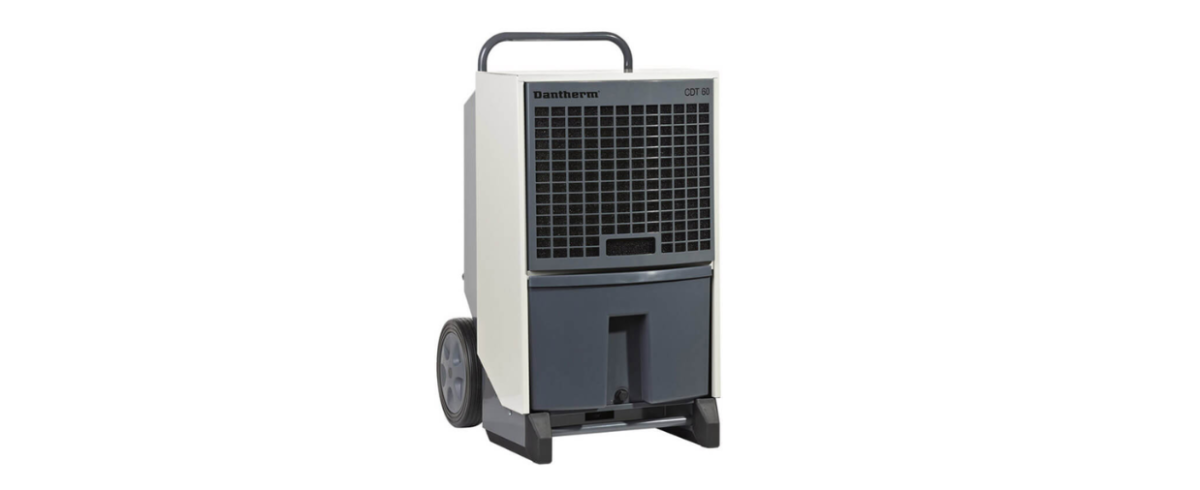Why Is Cockroach Treatment Necessary for your home?

Cockroaches are not only a nuisance, but they can also cause serious health problems. Studies show that children living in cockroach-infested homes are more likely to develop asthma, which can lead to school absences and doctor visits.
Proper Cockroach Treatment involves eliminating food sources and water, removing harborage, and sealing cracks and crevices where they can enter. Regular inspections can nip infestations in the bud and prevent expensive eradication services later on.
1. They Are Repulsive
Cockroaches are one of the most repulsed creatures on Earth, and for good reason. These pests can spread a range of diseases and bacteria. They are also very difficult to get rid of.
According to studies, cockroaches can pick up more than 33 kinds of disease-causing bacteria and transfer them onto food, dishes and other surfaces. This is because they walk across and feed on all sorts of disgusting things, like pet feces, dirty diapers, garbage and their own droppings. Then they use their legs and antennas to transmit the bacteria to food and dishes.
To prevent cockroach infestations, keep kitchens, food storage areas and garbage disposals clean. Store items in containers with tight lids, and do not leave uncovered foods lying around. Lastly, seal cracks and crevices where cockroaches can hide.
2. They Can Infest Your Food
Cockroaches are drawn to food and water, as well as places where they can hide. They are often found scavenging for food in garbage bins and will carry bacteria on their legs from such areas. This can then be deposited on uncovered food. Ingesting the bacteria causes gastrointestinal distress which can be life-threatening.
They are also attracted to sugar, as well as starchy foods such as pasta and potatoes. In addition, they can be found in the bindings of books and cardboard boxes. Cockroaches are also capable of spreading salmonella, which can cause food poisoning and symptoms such as dizziness, confusion and stomach pain.
The best way to keep cockroaches away is to remove their food sources, which means keeping all food in glass, hard plastic or metal containers that are sealed shut. It is also important to clean up spills immediately and to take the trash out regularly. The other big preventative measure is to make sure that there are no cracks around doors, cupboards or walls that cockroaches can crawl through. These can be plugged with expanding foam.
3. They Can Damage Your Furniture
Cockroaches are able to survive in a variety of environments, so it’s important that you take measures to protect your property from them. For example, make sure to sweep your floors regularly and remove crumbs from countertops. In addition, be sure to clean your furniture frequently.
You should also be on the lookout for cockroaches’ favorite hiding places, which can vary based on the type of roach you have. For example, oriental cockroaches love to hide in narrow cracks and crevices. You can also find them in dark drawers and cabinets, behind refrigerators, and in other hidden areas.
If you notice signs of cockroaches in your furniture, be sure to immediately wash them. In addition, be sure to separate infested wooden furniture from uninfested items in your home. This will help prevent the spread of cockroaches to other pieces of wood.
You should also limit the cockroaches’ access to water and food sources. This can be done by removing waste from outdoor garbage containers, reducing indoor moisture levels, and keeping all kitchen appliances and sinks in good working order. In addition, be sure to trim bushes and other vegetation around your house to reduce the amount of debris that cockroaches use for cover.
4. They Can Spread Disease
Cockroaches are filthy, unhygienic scavengers that thrive in human environments. They are omnivorous and will feast on a variety of food items including meats, fatty foods, starches, sugars, and sweets. As they roam through contaminated waste, they pick up viruses, bacteria, mold, worms, and other pathogens. They then leave behind these organisms in faeces and saliva.
These pathogens are then spread to food, surfaces, and people through direct contact with cockroach droppings or saliva. They also contaminate food through their legs, which have spines that provide an ample surface area to collect pathogens and deposit them onto anything they touch.
Cockroaches can spread diseases including cholera, a deadly diarrhoeal infection caused by the Vibrio cholerae bacterium. They can also transmit Salmonella spp. which can cause salmonellosis, a severe and painful illness similar to food poisoning. Additionally, cockroaches can trigger asthmatic symptoms in those who are sensitive to their allergens. They can also trigger eczema and dermatitis in some individuals. In addition, polypeptide extracts from cockroaches have been shown to reduce tumour microvessel density and impede cancer cell growth.
5. They Can Be Hazardous to Your Health
Cockroaches pass disease-causing microorganisms on their body surfaces and can also transfer these organisms to food that they then eat. They are particularly able to transport E coli and Salmonella bacteria, which can cause food poisoning, resulting in abdominal pain, diarrhea and vomiting.
The pestemite can also treat diseases that can affect the respiratory system, such as the life-threatening condition asthma. The allergens from cockroach droppings, urine and shed skin can trigger bronchial inflammation with symptoms including wheezing, coughing, sneezing, watery eyes and runny nose.
Keeping your home clean and free of food scraps will help prevent cockroaches from entering, but barrier exclusion is also important. This involves sealing cracks and crevices in the walls, around electric sockets and up drain traps. Regular cockroach treatments will also keep these pests at bay. These treatments can be weekly, monthly or quarterly and will vary depending on your home and situation. A professional will advise you on the best schedule for your











